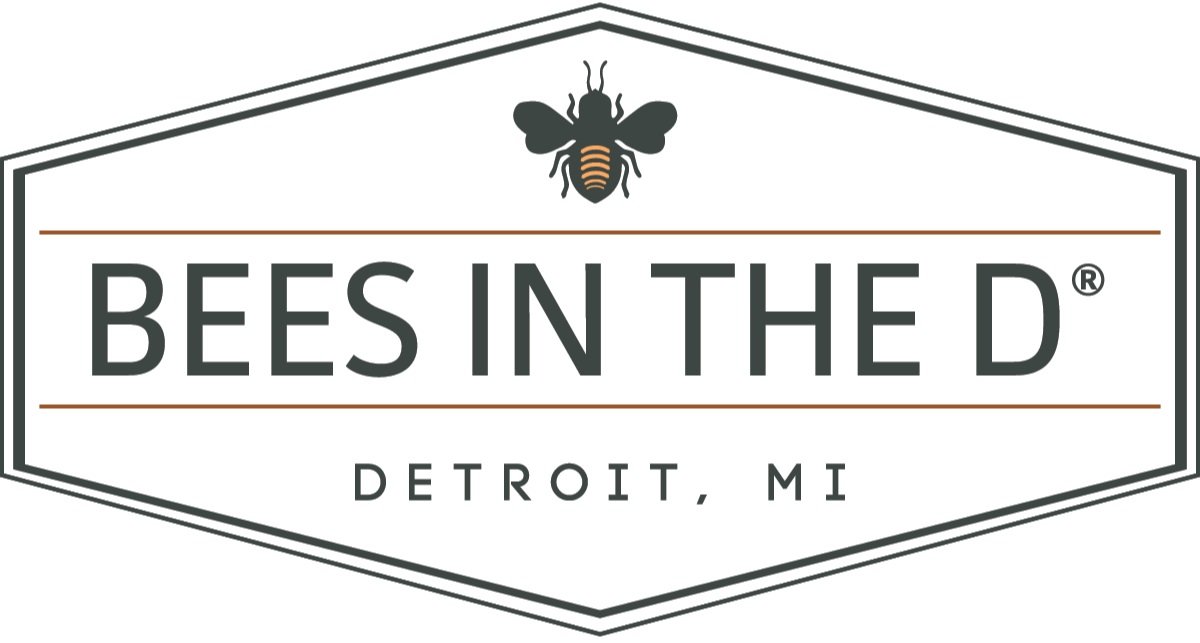SAVE A SWARM
Swarms are gentle and non-aggressive: Swarming bees are focused on finding a new home, not defending one — maintain a safe distance away and allow for experts to rescue and relocate.
Every swarm is a vital pollinator colony: Rescuing swarms helps preserve local pollination, which supports food crops, wildflowers, and healthy ecosystems.
Unrescued swarms may end up exterminated: Reporting swarms gives experts a chance to save the bees before pest control companies are called.
REPORT A SWARM
We partner with BeeSwarmed.org, a real-time network of local beekeepers who respond quickly to swarm reports across the region. When you report a swarm, BeeSwarmed alerts nearby beekeepers who volunteer to safely relocate the bees. Because Bees in the D is a small organization unable to maintain a full-time rescue crew, this partnership helps ensure every swarm still has a chance to survive.
Why We Can’t Do It Alone
As a small nonprofit, we simply don’t have the funding or staff to respond to every swarm ourselves — and without quick action, these bees often don’t survive. That’s why we rely on volunteers and community support to keep Detroit’s pollinators safe.
Help us grow our rescue capacity — every donation helps train, equip, and support future beekeepers.
WHAT HAPPENS AFTER YOU CLICK ‘SUBMIT’
Alert pings
beekeeper network
Swarm captured and rehived same day
Beekeeper claims swarm
WHAT IS THE DIFFERENCE?
HONEY BEES VS.
WASPS & YELLOW JACKETS
HONEY BEES
Fuzzy bodies with golden-brown and black stripes; pollen often sticks to their hairs.
Generally gentle and only sting when threatened; die after stinging.
Live in large colonies and are vital pollinators for plants and crops.
WASPS & YELLOW JACKETS
Smooth, shiny bodies with bright yellow and black stripes; no visible body hair.
More aggressive and can sting multiple times without dying.
Often scavengers, feeding on human food, insects, and sugary drinks.







